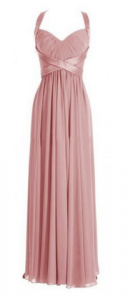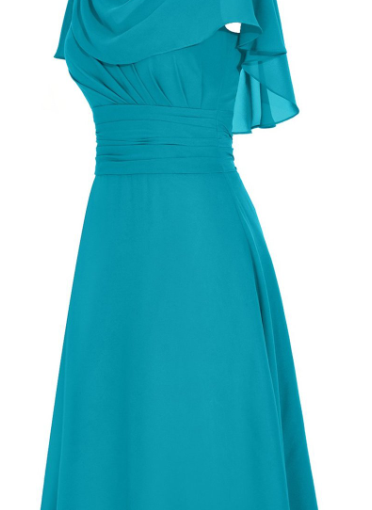Brides everywhere prefer satin wedding dresses for a particular and lustrous look on their wedding days. A lace wedding dress is cute and organza is filled with body, but satin is unmatched when it comes to mark the difference and elegance of your big day.
What is Satin?
A gown is “satin” if it has a unique fabric and weave pattern. The top side of this fabric is glossy and smooth, while the underside is dull and matte. It’s also possible to purchase double-faced satin for gloss on both sides. Traditionally satin is made from silk, but modern variations are typically made with polyester, nylon, or rayon. 

However, satin is made with silk, rayon, polyester, and nylon, sateen is a cotton-based fabric. The fabrics are woven the same way, but sateen gets its gloss from a chemical process called mercerization. Sateen is more durable from a construction standpoint, but doesn’t achieve the same gloss as satin, and the sheen tends to fade after wearing and washing. Luxury garments are made with satin more often than sateen.
While satin is an expensive and top-quality fabric, many brides prefer lightweight alternatives like taffeta and organza. Consider your taste and comfort level: satin is formal, iridescent, and unique. Furthermore, many brides prefer subtle to no shine in their gowns, selecting for matte organza and antique lace over shimmery fabrics. Don’t be afraid to ask questions and follow your instincts when it comes to finding the perfect gown.
If you put yourself in deep love for the satin fabric, consider the design, silhouette, and embellishments on your dreamy satin wedding dress.
Whether you’ve chosen a simple or elaborate design, preserving the beauty of your satin wedding summer dress depends on simple but diligent aftercare. While we recommend only taking your wedding dress to a professional dry cleaner for a full treatment, spot-cleaning your gown is easy and cheap to do at home.
You can do a quick spot-clean on your dress once you’ve gathered your materials, saving grease stains for a special treatment later. Use warm water and a dab of mild liquid soap to treat dark spots, dirt stains, and non-greasy food stains while a spot removal product also can treat wine and makeup stains. You can use a soft, clean rag to rub, but please don’t scrub on it. On the other hand, treat grease stains by squirting a little dish washing soap on a soft, clean rag and applying it to the fabric. Blot to begin, then scrub gently as necessary. The soap will lift the grease away at last. Ignoring the spot clean will let these grease stains worse, making it much more difficult to clean and you need more time to deal with it.
If you take your dress to a professional dry cleaner, make sure that all attachments on your cheap wedding dress, such as removable floral pattern, appliques, and beaded accessories have been removed to prevent damage during the cleaning process. You can take more attention for this details before settling on a professional service, and your authorized retailer will be an excellent recommendable resource in the future.
Please don’t ignore the steam while put your iron on the lowest setting, because dry heat could melt your high-quality gown in seconds flat. When you iron your dress please put a thin cotton cloth between the satin and iron, remember don’t put the iron directly on the satin fabric. And you can test this way in a small, hidden area first and then do it safely.
Please try a steaming method if running an iron on your satin dress make you frightened. Hang the gown in your bathroom, run a hot shower, and close the door to allow steam to build up. Check to see if the wrinkles are gone after twenty or so minutes. You can make it smooth with a clean cloth or cotton glove and let the shower run a little longer, so that your dress looks fresh and in good status for a long time.
